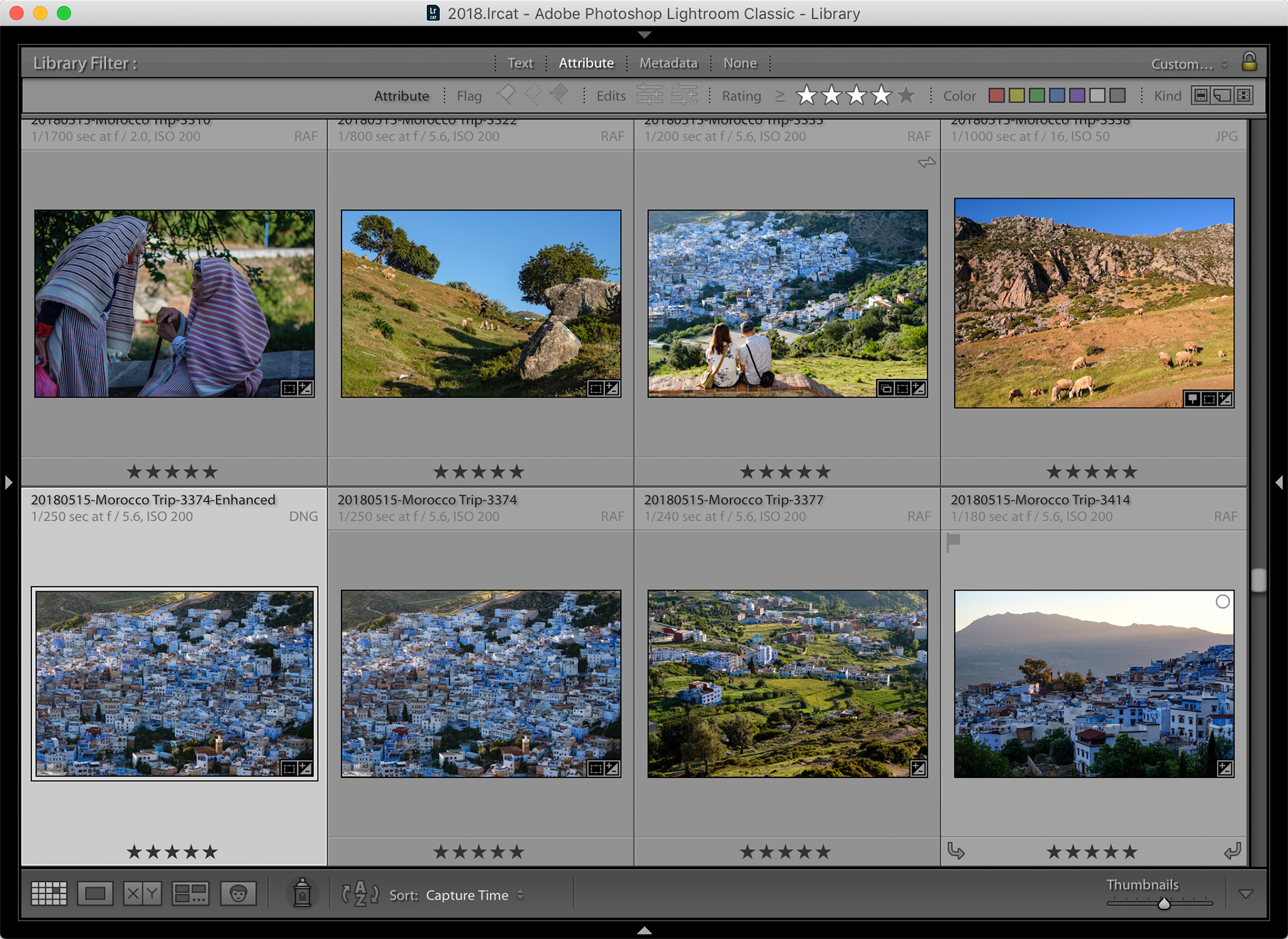

- Adobe lightroom classic version estable update#
- Adobe lightroom classic version estable upgrade#
- Adobe lightroom classic version estable software#
- Adobe lightroom classic version estable license#
I've tried using the direct download of version 7.0.1, but that version won't support mobile syncing, so I have to upgrade to v7.1 or above - which I can do on the Windows 8.1 computer, but not the Windows 7 computer. The Adobe support page about Lightroom Classic system requirements indicates that both Windows 7 and 8.1 meet the requirements for Lightroom 7.x, so I'm not sure why this would be. On the Windows 7 computer, Creative Cloud shows v8.4 as the most current version (since LR 8.x is supported for Win 7) and the following "other versions" as available: 8.3.1, 8.3, 8.2.1 and 6.0 (CC 2015) - but not 7.x.

On the Windows 8.1 computer, Creative Cloud shows v7.5 as the most current version (since LR 8.x is not supported for Win 8.1) and the following "other versions" as available: 7.4, 7.3.1, 7.3, 7.2, 7.1, 7.0 and 6.0 (CC 2015). However, it appears that I cannot use the same version of Lightroom Classic CC on both computers. I recently decided to cave and sign up for the photographer's LR/PS subscription package so I could upgrade to newer versions.
Adobe lightroom classic version estable license#
I have been successfully running Lightroom 6 (freestanding license, not CC) on both computers for several years, which is permitted under the terms of the license as long as I only use it on one computer at a time (which I do).
Adobe lightroom classic version estable software#
This is no doubt just the beginning of a technology that’s likely to find its way into all kinds of cameras and image processing software going forward.I have a desktop computer running Windows 7 (64-bit) and a laptop running Windows 8.1 (64-bit).

With the depth range properly selected, image adjustments may be selectively applied between foreground and background elements. The Smoothness slider also helps fine-tune the transition between foreground and background areas. Simply choose Depth as the Range Mask type (under the adjustment brush panel) and then adjust the slider to modify the range or click and drag on the image area to be adjusted. Lightroom can access that data in the Range Mask options of the Brush settings area of the Adjustment panel. When working with HEIC photos-Apple’s new image format that has largely replaced JPEGs in its products-Lightroom users can harness the power of that depth data that’s captured by the camera and recorded in the HEIC file. The iPhone automatically makes a quick mask based on depth to separate the subject from the background, and now Lightroom users can have that same kind of control. This tool allows Lightroom to behave in a way familiar to iPhone users who use Portrait mode to create the appearance of shallow depth of field for stronger compositions. The most unique of Lightroom’s new features, in my opinion, is the introduction of depth range masking. Best of all, these improvements are automatic and don’t require any special input by the user. Better color is complemented by lower noise, which also manifests itself in the Dehaze slider’s negative values.
Adobe lightroom classic version estable update#
The new Process Version 5 update improves Lightroom’s RAW image processing in a way that minimizes colorcast in high ISO images, improving image quality for photographers who use any camera while shooting in low light. Simply choose the pertinent option under the Tethered Capture heading of Lightroom’s File menu. The File menu now features a Canon-specific tethering option, so users are less likely to experience dropouts, disconnections and the inexplicable loss of image files that should have made it to the computer. Thankfully, all Canon shooters should see improvements thanks to new updates to Lightroom’s tethering capabilities. But that’s not because it has ever been particularly fast or stable. I’ve used Canon DSLRs for many years and my preferred method of tethered capture (where you connect the camera to a computer with a USB cable to transfer files while shooting) has long been Lightroom. Here’s a look at the best of what’s new and how you can put it to use. Adobe has added several new features to Lightroom Classic CC in the last few months, and the updates add some pretty cool functionality that makes it not only easier to work with images the way you want to, but more importantly to improve the results that are visible in your pictures.


 0 kommentar(er)
0 kommentar(er)
